Before covering some of the primary reasons why Copenhagen is one of the world’s most expensive cities, let me just add this:
I’ve lived in Copenhagen for years, and since I’m more or less always saving up money to go traveling, a budget-saving mindset has become my default.
This has led me to several findings on how to save money in Copenhagen (and the rest of Denmark). In this article, I’ll share everything with you that I know.
Whether you’re traveling or living here (or planning to do so), my 13 insider tips will help make your stay in Copenhagen cheaper.
The article mainly targets travelers, but a lot of the tips can still be used for living here as well.
📖 Table of Contents
- Why Is Copenhagen (Denmark) So Expensive?
- The 13 Tips on How to Make Your Visit to Copenhagen Less Expensive
- 1. 📌 TIP: Low-Season vs. High-Season
- 2. 📌 TIP: Choosing (Luxury) Hostels Over Hotels
- 3. 📌 TIP: “Couchsurf” for Free Accommodation
- 4. 📌 TIP: Ditch the Expensive Restaurants for Supermarkets
- 5. 📌 TIP: Buy Delicious Surplus Food (And Fight Food Waste as a Bonus)
- 6. 📌 TIP: Drink Tap Water
- 🎠🇩🇰 Get Free Access to Copenhagen’s Top Attractions and Public Transport for 1-5 Days
- 7. 📌 TIP: Know Where to Get Your Daily Coffee Fix(es)
- 8. 📌 TIP: Rent a Bicycle and Ride Like the Locals
- 9. 📌 TIP: Immerse Yourself With Free Sightseeing and Activities
- 10. 📌 TIP: Go for a One-Day Hike in Nearby Nature and National Parks
- 11. 📌 TIP: Skip the Gym and Use the Many Public Training Facilities
- 12. 📌 TIP: Take Advantage of Student Discounts
- 13. 📌 TIP: Tipping Isn’t Expected
Why Is Copenhagen (Denmark) So Expensive?
It’s no coincidence that Copenhagen is ranked the world’s 11th most expensive city by Forbes in 2022.
I mean, Forbes is ranking everyone for everything, right 😉
Jokes aside; to put things in perspective – on that same list you’ll find Stockholm as well, the capital of our neighboring country Sweden on the 87th spot.
But now that you’re here in the first place, I guess these facts don’t surprise you.
Let’s dive into the reasons why Copenhagen is so expensive.
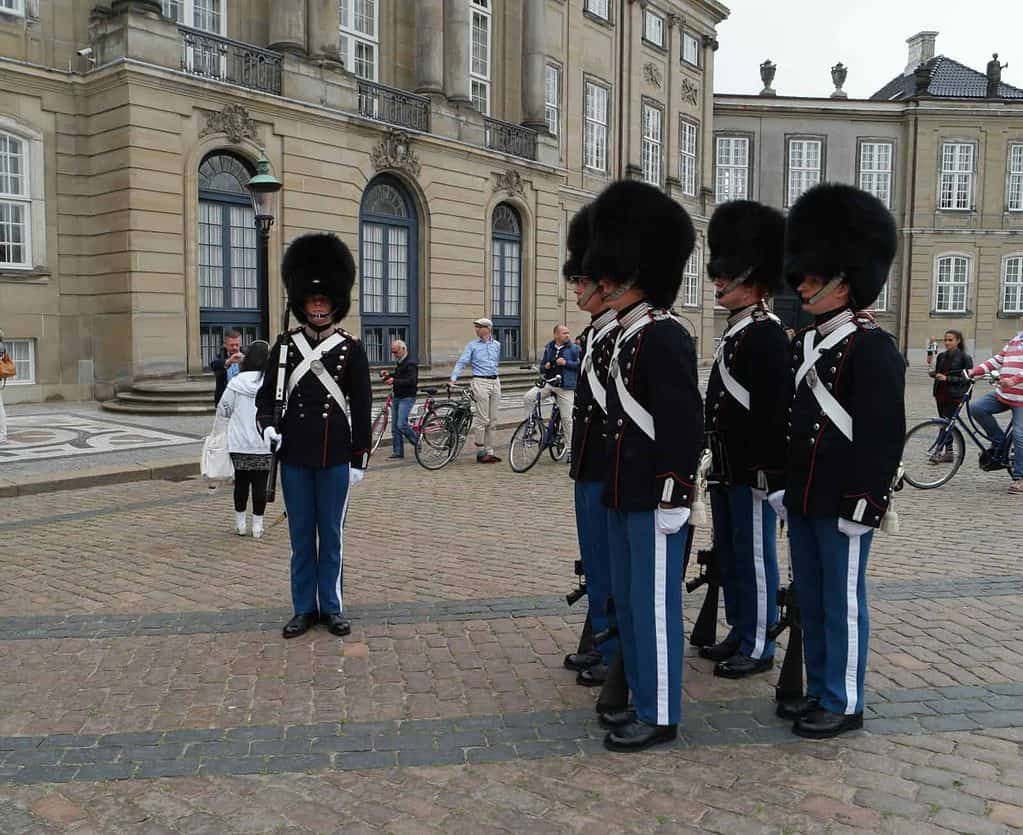
High Personal Income
127,25 kr. ($17,31) is the hourly minimum wage in Denmark. This makes the minimum monthly salary $2.775 (approx. $1.910 after taxes including 5 x weeks paid vacation).
High Sales Taxes/VAT
25% sales tax/VAT, the 5th highest in the world. And the 2nd highest in Europe (though “only” half of the 50% you’ll find in the kingdom of Bhutan in the Himalayas).
This applies to a huge amount of items and goods. Including the infamous 150% on cars valued at over $27.500 that are not hybrid or electric (it used to be 180% until 2015).
In a second I’ll give an everyday-life example of these kinds of taxes.
High Popularity
Copenhagen is popular among locals as well as ex-pats and tourists. This in particular affects real estate prices. The prices were ranked the world’s 17th highest back in 2020 by the Dutch startup HousingAnywhere.
Let's pretend you walk into a store in Denmark and buy a 50-gram chocolate bar for 10 kr. 38% of the money would go to taxes: - 25% in sales tax/VAT - 13% in extra taxes. Yes, there's a designated extra tax on chocolate and candy (divided further into two categories - with and without sugar). For the curious ones; the extra taxes is due to the sugar content. By taxing such items the government hopes to decrease the potential negative health effects sugar has on society, and since healthcare is free in Denmark costs might decrease in that sector as well.
🎠🇩🇰 Get Free Access to Copenhagen’s Top Attractions and Public Transport for 1-5 Days
Before attending any activities or taking public transport (even from the airport) I have an important tip for you.
If you want to save money while ensuring you’re experiencing Copenhagen to its fullest, I highly suggest buying an official Copenhagen Card (rated 4.5 out of 5) 🤩
This card will give you free access to more than +80 attractions including all the major ones + unlimited public transportation to get you there.
By doing so you don’t have to worry about how much you spend on activities or transportation. Which can be useful in the world’s 11th most expensive city.
Another thing worth mentioning is, that it’s provided by the Official Tourism Organisation of Denmark and not a private company, ensuring you the best experience.
The 13 Tips on How to Make Your Visit to Copenhagen Less Expensive
But despite what we have just been through above.
You can still have a full experience of Copenhagen for a moderate price if you have the right knowledge compared to any other city in Western Europe.
1. 📌 TIP: Low-Season vs. High-Season
As with most other destinations in the world, there’s money to be saved if you visit during the low season, along with pros and cons.
✅ Pro: It’s less crowded. This can also make the experience feel even more local not having as many other tourists around.
❌ Con: Colder weather. This can make it less enjoyable to do outdoor activities (and sometimes impossible).
And often these outdoor activities are free or budget-friendly, such as going to the beach or buying groceries and having dinner in a park (or throwing a party there for that matter).
So this should be considered along with the potentially lower price during low season as well.

If you have the freedom to choose when to visit, I’d suggest going in the warmer months, between June and August.
I don’t think it’s getting crowded to a point where it’s not enjoyable, and I think the pros of visiting during high season are adding up to the cons.
But in the end, it comes down to personal preferences.
If you want a bit of both, you could consider visiting in May or September, when the weather is usually still decent, but you’re avoiding the high season (including the local holidays).
📌 TIP: Plan visiting attractions such as Tivoli during the weekdays. By doing so you increase the chances of it being less crowded with locals, no matter the season you're visiting.
2. 📌 TIP: Choosing (Luxury) Hostels Over Hotels
I’m not gonna waste your time explaining what a simple search on any of the major booking sites can reveal (sorting from price low to high).
But what I can tell you is:
- Most hostels allow you to use a common kitchen to prepare your food, which will cut your total costs immensely so you can spend that money elsewhere
- If you’ve avoided hostels before, keep in mind that it’s easy to find luxury hostels in Copenhagen that has more similarities with hotels than you might think.
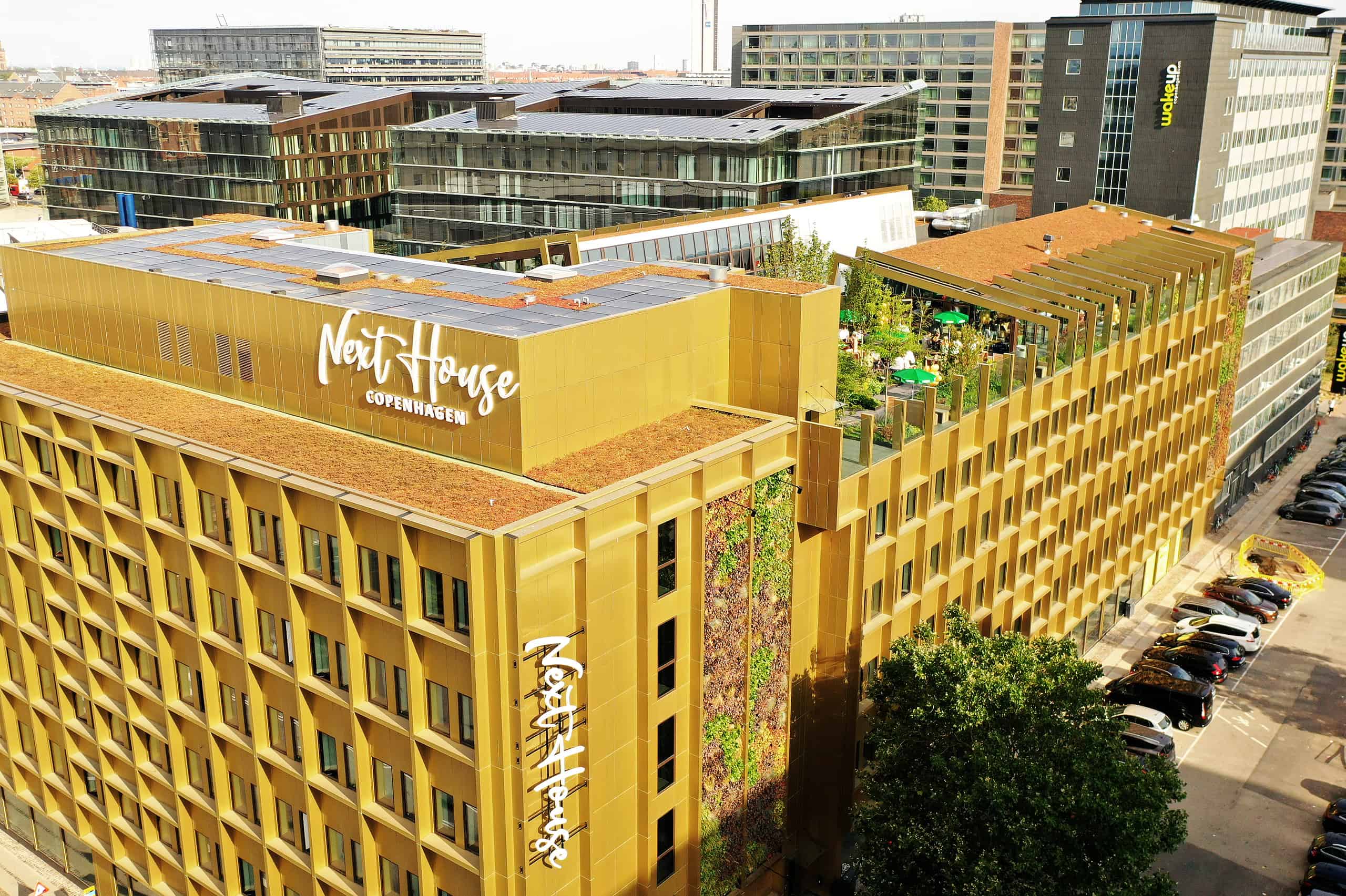
For example, I booked the hostel Next House Copenhagen for 3 days in September once, when I had a friend of mine visiting from Greece.
This hostel is located in the very center near the central station, it’s modern and has great facilities.
Including a rooftop garden, football arena, game room, yoga, live entertainment, and even a cinema. That’s more than most 5-star hotels.
Things like the common kitchen and yoga cost 20 kr. ($3) which is a symbolic amount, and will make sure to keep the quality of the facilities high.
And guess what – we only paid 188.33 DKK ($26) per night per person (from Sunday to Wednesday).
I don’t mind a cheap hostel, but we just booked what was the cheapest at the time, which was this. That says a lot.
3. 📌 TIP: “Couchsurf” for Free Accommodation
While I’m aware this is not for everybody, I still think it deserves a spot on the list.
This is probably most suitable for solo travelers or couples.
If this is not for you, I recommend just continuing to the next money-saving tip.
If you don’t know what Couchsurfing is, it’s a concept where you can find locals that offer to host you for free.
What does the host get out of it you may ask?
Meeting people and having a good time. Though it’s still good manners to bring a small gift or offer the host to cook a meal for them or similar to show appreciation.
For the same reason, I don’t recommend you to couch surf, if the only reason is saving money, and not intending to be social and present with your host.
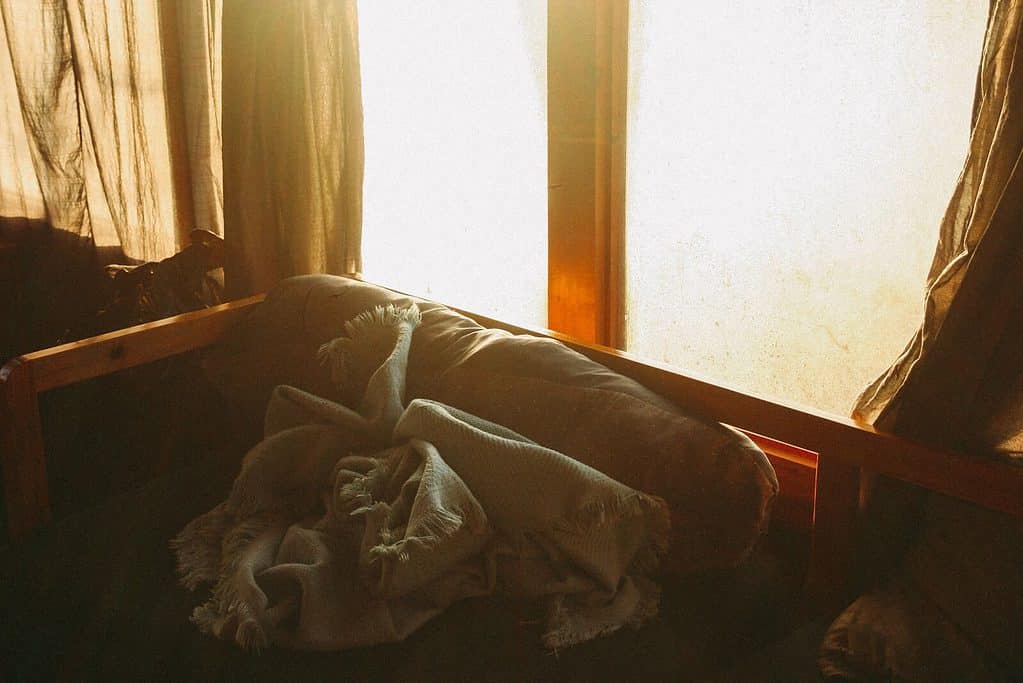
Though do notice, that the original website Couchsurfing.com seem to have hit a downward spiral caused by new management, that’s been prioritizing profit by commercializing the platform in ways where ethics could be questioned as well.
It’s not that it stopped being free, but that it seems like they’re a bit too creative on how to charge money, or made it unclear that you’re signing up for a subscription (and make it difficult if not impossible to get a refund).
If you’re curious, you can check out their bad Trustpilot reviews or do your research and be the judge. I’m aware that Trustpilot has its flaws as well, but the amount of evidence on there is still convincing and reflects my own experience along with other sources I’ve dug into.
Therefore I recommend these free alternatives instead:
At the time of writing, they have an equal amount of hosts.
I still use Couchsurfing if time is scarce or I can’t find any hosts on the above sites though. If you decide to use it as well, just be aware of where you enter your credit card, and what you sign up for.
You can quickly earn back the amount you’re paying for using it, by what you save on accommodation.
4. 📌 TIP: Ditch the Expensive Restaurants for Supermarkets
Let me just quickly say that I’m not referring to you having to cook all your meals.
In most supermarkets all over the world, you can find groceries suitable for you to have a little picnic at a nearby park or bench (with a great view).
Also, a lot of supermarkets in Denmark offer different meals that are ready to eat.
And the price of these meals sometimes drops a lot if they’re expiring soon. Just look for the often accompanied yellow sticker on the package indicating the reduced price.

5. 📌 TIP: Buy Delicious Surplus Food (And Fight Food Waste as a Bonus)
If cooking your meals or having a picnic isn’t an option, there’s still hope.
The popular app Too Good To Go helps you locate nearby surplus food from supermarkets, coffeehouses, convenience stores, etc. Among these are Starbucks, 7-Eleven, and many other popular brands.
So not only do you get a cheap and delicious meal, but you’ll also contribute to making the world a better place.
If you prefer the more traditional way of shopping, there are also the WeFood supermarkets, which currently have 3 different stores spread all over downtown Copenhagen (Google Maps + Opening hours).
6. 📌 TIP: Drink Tap Water
The price of a 0,5 L bottle of mineral water in 7-Eleven is 21,5 kr. ($3).
And 99% of the tap water in Denmark is groundwater, which means it’s natural, clean, and tasteless.
So for more reasons than the price alone, I recommend you stick to tap water.
Just keep an empty bottle of water with you, so you can refill it whenever needed.
If there are no public toilets nearby, most shops won’t mind helping you out with a refill.
You could always decide to repay with a smile, compliment, or both 🙂
🎠🇩🇰 Get Free Access to Copenhagen’s Top Attractions and Public Transport for 1-5 Days
Before attending any activities or taking public transport (even from the airport) I have an important tip for you.
If you want to save money while ensuring you’re experiencing Copenhagen to its fullest, I highly suggest buying an official Copenhagen Card (rated 4.5 out of 5) 🤩
This card will give you free access to more than +80 attractions including all the major ones + unlimited public transportation to get you there.
By doing so you don’t have to worry about how much you spend on activities or transportation. Which can be useful in the world’s 11th most expensive city.
Another thing worth mentioning is, that it’s provided by the Official Tourism Organisation of Denmark and not a private company, ensuring you the best experience.
7. 📌 TIP: Know Where to Get Your Daily Coffee Fix(es)
Denmark has recently won the prize for having the world’s most expensive Tall Latte from Starbucks at $6.05.
If you have access to boiling water at your accommodation of choice, there’s a good amount of dough to be saved if you’re brewing coffee by yourself.
If that’s not an option, the second best alternative could be grabbing a filter coffee (Filterkaffe) for 20 kr. ($3) at any 7-Eleven found all over the city.
8. 📌 TIP: Rent a Bicycle and Ride Like the Locals
If you feel comfortable riding a bicycle, I suggest this as your primary type of transportation during your visit.
You don’t need any other types of transportation, since you can easily get everywhere by bike without spending half of the day and burning yourself out.
62% of all commuting to work or school within Copenhagen is by bike.
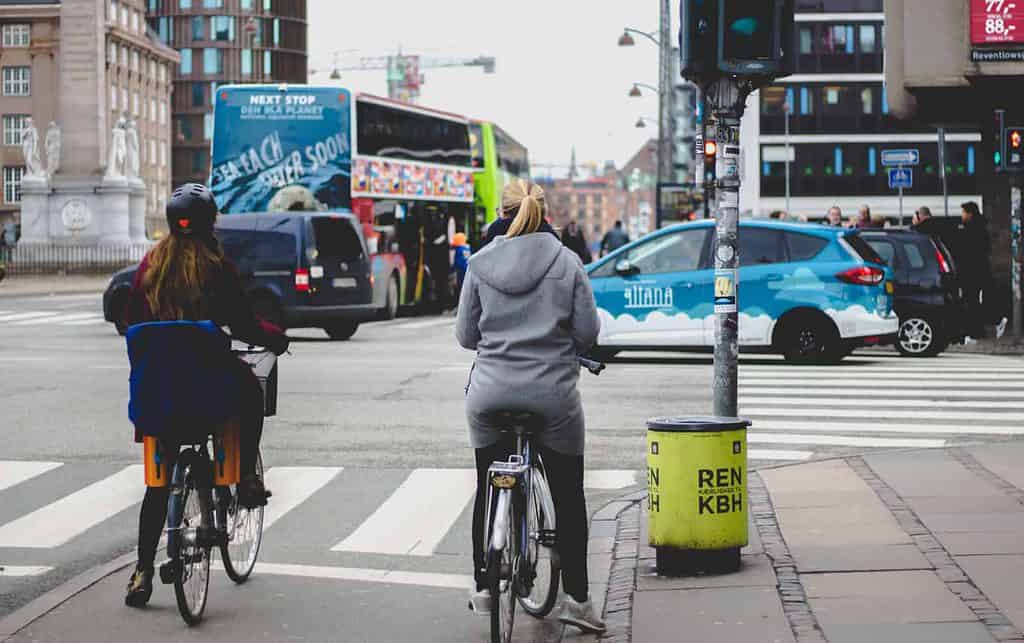
And imagine visiting the world’s most bicycle-friendly city without ever riding one.
I’ll just let that hang for a second…
And not only is it hella fun, but it’s also healthy and the cheapest option.
The only thing you have to do is download The Donkey Republic app.
After setting up the app, you’re able to convert one or more of the bikes found all over the city into being yours with a little bit of Bluetooth magic.
You can rent the bike for as long as you want, literally from a few minutes to several days.
| Time | Prices |
| 4 hours | 66 kr. ($9) |
| 6 hours | 77 kr. ($10) |
| 12 hours | 95 kr. ($13) |
| 1 day | 110 kr. ($15) |
| 2 days | 195 kr. ($27) |
| 3 days | 255 kr. ($35) |
| 4 days | 315 kr. ($43) |
| 5 days | 375 kr. ($51) |
| 6 days | 435 kr. ($60) |
| 7 days | 495 kr. ($68) |
9. 📌 TIP: Immerse Yourself With Free Sightseeing and Activities
What’s the first thing you always do after checking in at a new city?
I always go for a walk.
Not only is it free, but also healthy, and the best way to immerse yourself in a city and ingest its vibes.
Bicycling is also a good alternative now that you’re in Copenhagen, and might also the best option if you’re time is limited.
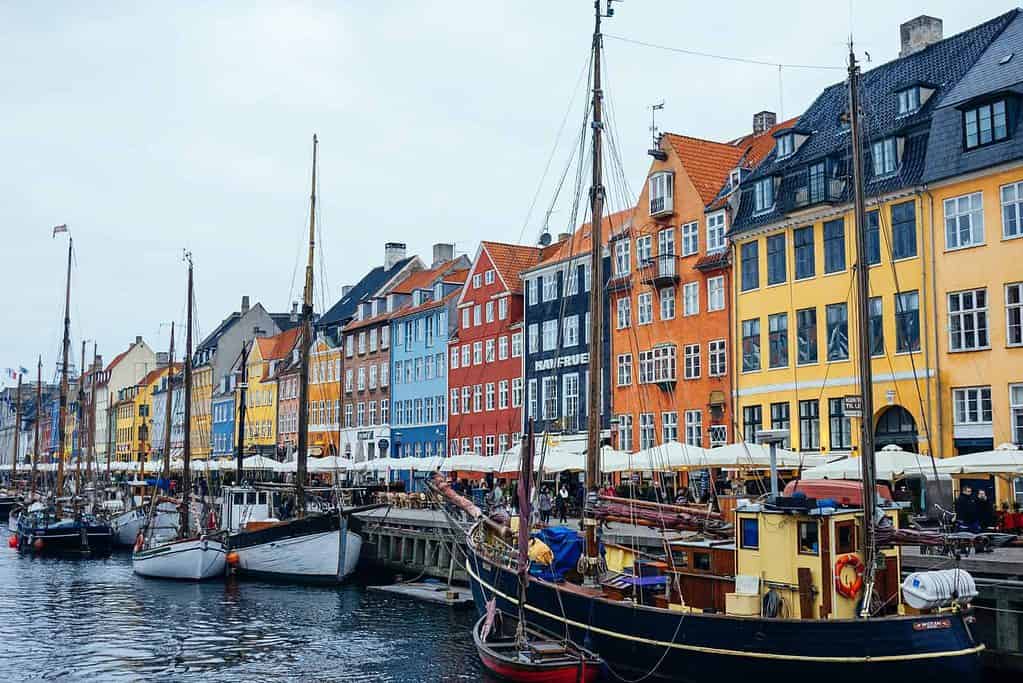
Free things do in Copenhagen deserves a whole article in itself, so instead I’ll refer to this great resource by Routesnorth.com, which has more than enough for you to get inspired by.
For an always up-to-date resource, I recommend the resources on the official Visit Copenhagen website.
10. 📌 TIP: Go for a One-Day Hike in Nearby Nature and National Parks
There are several one-day hikes to choose from near Copenhagen, where you don’t need to bring any special gear, and can wake up and go to bed at your accommodation on the same day.
I’ve written a whole article about the best hikes near Copenhagen, which is also one of my most popular posts.
Not only is it free, but when you’re out in nature, it’s hard to spend any money as well (hurray!).
11. 📌 TIP: Skip the Gym and Use the Many Public Training Facilities
Instead of paying for a gym membership, consider visiting one of the many free public outdoor gyms the city has to offer.
The most impressive one is Konditaget Lüders, which you’ll find on the roof of a 24 m tall parking garage on Helsinkigade 30 (Google Maps).
Here you’ll find Crossfit-friendly facilities, TRX, take a run on the 60m sprinting lane, and much more. Opening hours are 07:00 – 22:00 all week.
But if water and swimming are more your things, you can visit the free public Harbor Bath on Islands Brygge 14 (Google Maps).
Here you’ll find 5 pools (2 of them are specifically for children).
And if swimming isn’t your thing – don’t worry, the most shallow pool is 30 cm. deep.
But if you by contrast identify yourself more as Poseidon or The Little Mermaid, you can also try the 3 diving towers that are 1, 3, and 5 meters high.
It’s open from May 15 – September 15 from 06:00 – 22:00 all week (with lifeguards on duty).
Nearby there’s also a green area suitable for sunbathing, ball play, picnics, etc.
12. 📌 TIP: Take Advantage of Student Discounts
Copenhagen is a student-friendly city, and many places offer discounts for students (also the ones that don’t necessarily advertise it).
So asking for it can be an easy way to save some money, provided you have a valid student ID.
Don’t be shy – chances are that the person you’re asking is or once was a student themself, taking into consideration that all education is free here in Denmark (we even get paid to do so).

13. 📌 TIP: Tipping Isn’t Expected
Something I’ve heard that surprised some visitors is that tipping isn’t expected.
Nor should you fear getting a bad service if you don’t.
As referred to at the beginning of the article, the minimum wage in Denmark is high, and workers are paid well.
With that said, it’s not uncommon either, so if you got an extra good service, have the gold, and feel the urge, it’s an easy way to brighten up someone’s day.



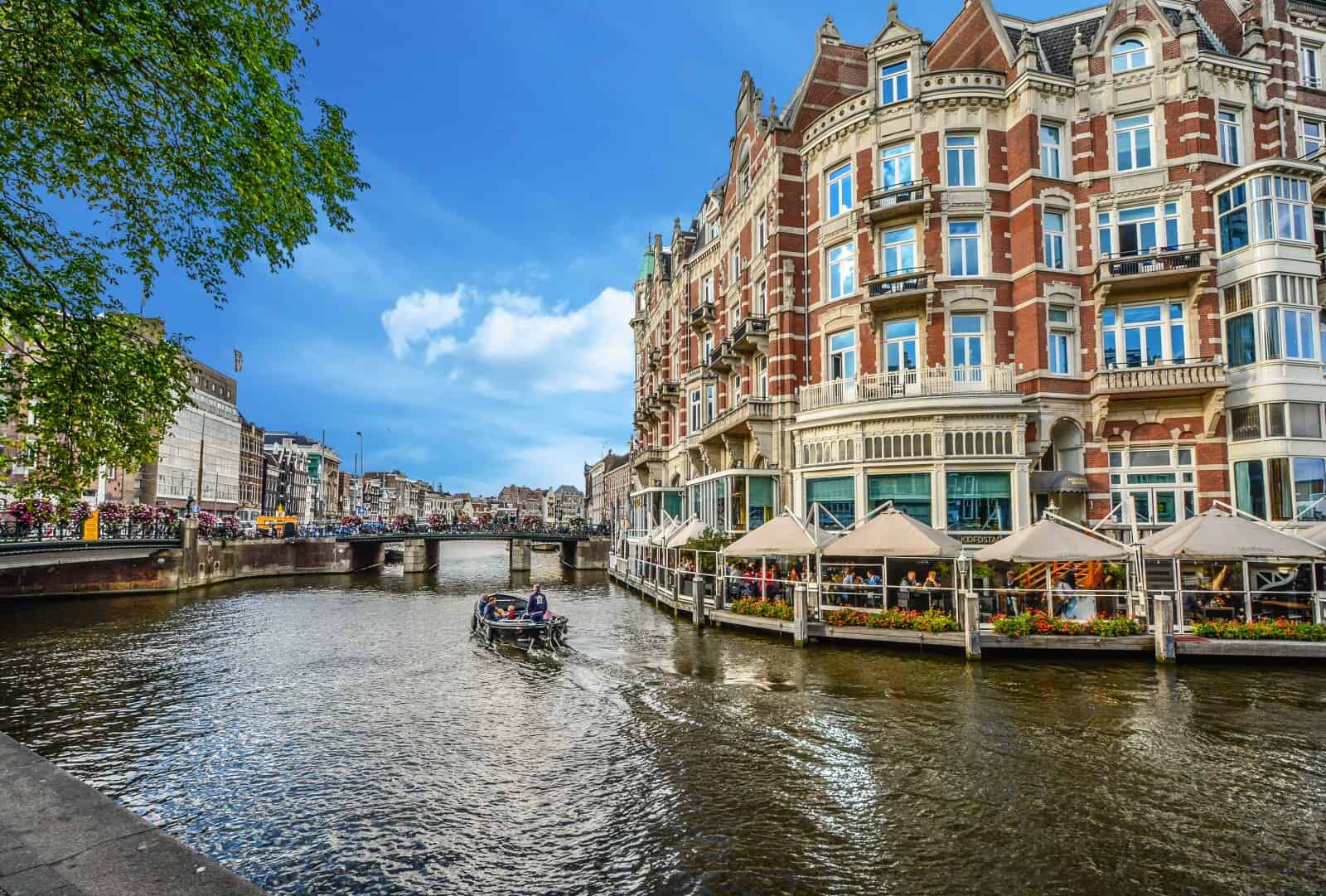


Leave a reply